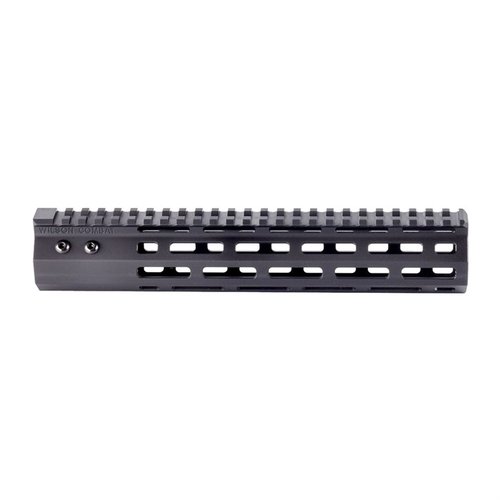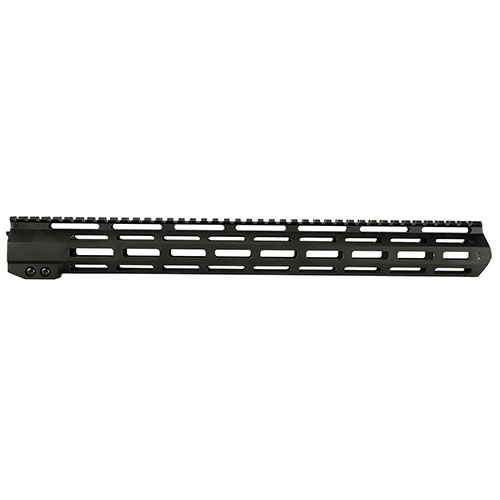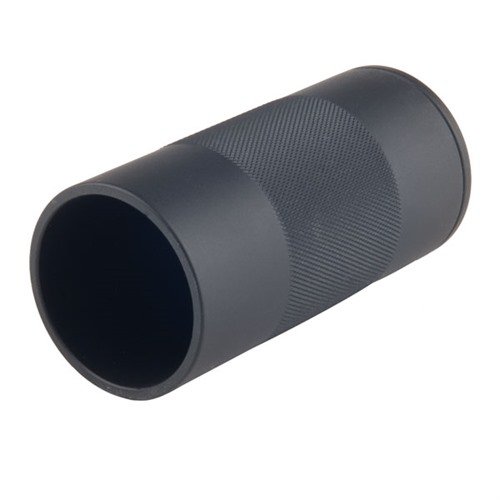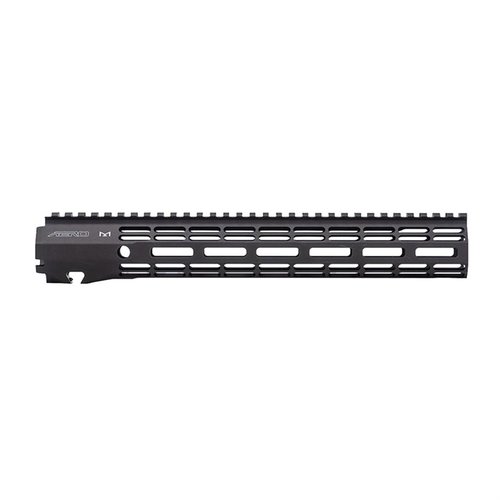PETERSON CARTRIDGE
22 CREEDMOOR BRASS
84.9
669.9
2
CHF
Artikel-Nr.: 749018843
PETERSON CARTRIDGE 22 CREEDMOOR LARGE PRIMER BRASS 500/BOX
Herstellerproduktnummer: PCC22CRD500 850005375029
PETERSON CARTRIDGE 22 CREEDMOOR LARGE PRIMER BRASS 500/BOX
Herstellerproduktnummer: PCC22CRD500 850005375029
669.9
CHF
14
CHF 669.90
*
Lieferzeit ca. 8-15 Tage aus dem Lager USA.
Eigenschaften:
Kapazität: 500
Patrone: 22 Creedmoor
Menge: 50
Artikel-Nr.: 749018842
PETERSON CARTRIDGE 22 CREEDMOOR LARGE PRIMER BRASS 50/BOX
Herstellerproduktnummer: PCC22CRD50 850005375036
PETERSON CARTRIDGE 22 CREEDMOOR LARGE PRIMER BRASS 50/BOX
Herstellerproduktnummer: PCC22CRD50 850005375036
84.9
CHF
0
CHF 84.90
*
Eigenschaften:
Kapazität: 50
Patrone: 22 Creedmoor
Menge: 50












